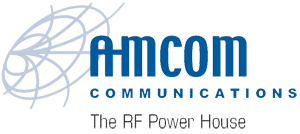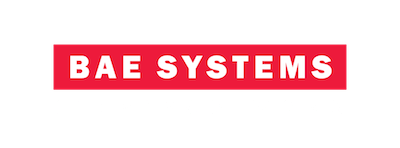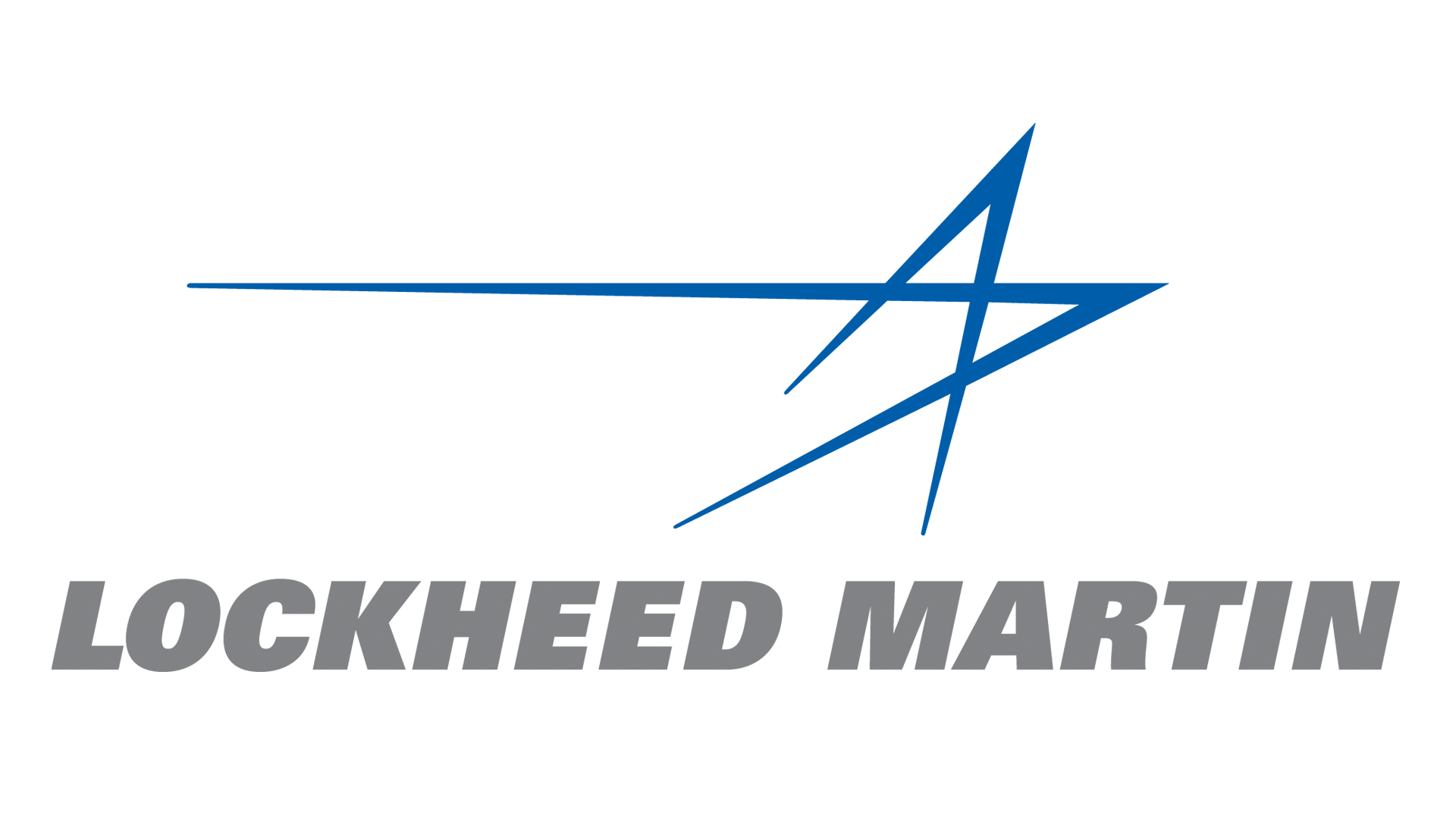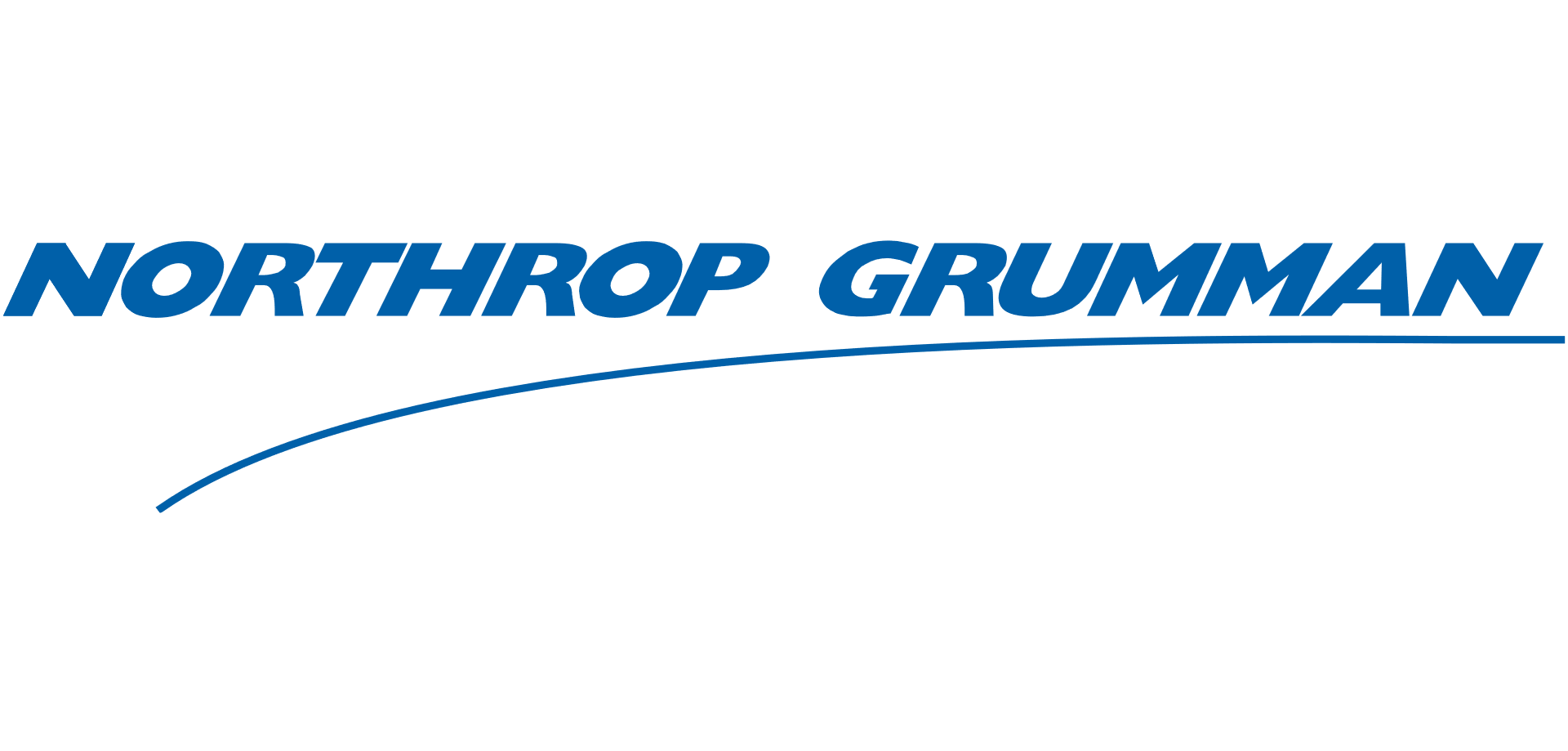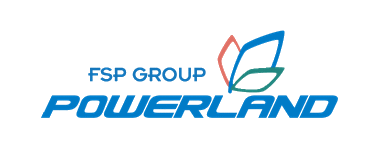ADS Momentum Tutorial
Authors: Vipul Chawla and Dr. Dong S. Ha
In this tutorial the process for RF/Microwave simulation of PCB layouts and traces will be discussed. ADS provides Momentum tool for analysis of multilayered circuit boards, antennas, multichip modules and integrated circuit components at RF and microwave frequency. In this tutorial the process of design entry into Momentum and creation of its RF/Microwave model and then its simulation using ADS will be described. A circuit trace from the PCB example in "ADS Layout Tutorial" (hereafter also referred to as "the layout tutorial") will be used as an example in this tutorial. Other methods of design introduction into Momentum will also be discussed later in this tutorial.
This tutorial assumes that the reader is familiar with ADS layout procedure or has gone through "ADS Layout Tutorial" posted on our website. Start a new project using the steps mentioned in the layout tutorial or the reader may work in the same project as created in the layout tutorial.
1. Creating a Layout Input for Momentum
Open a new layout window following the steps outlined in the layout tutorial. Copy one of the I/O trace from the example layout into the new layout window. The copied trace is highlighted in the orginial layout in figure 1 and is also shown as brought over into the new window in figure 2.

Figure 1: I/O trace highlighted in the original layout.

Figure 2: Example layout trace - An I/O trace copied over from original layout of figure 1.
2. Substrate Definition
Substrate definition involves defining the underlying and overlying dielectric mediums, metallization layers, surrounding environment and boundaries of a printed circuit or integrated circuit. Substrate definition is required in order to simulate a design. To define substrate click on Momentum ? Substrate ? Create/Modify. Under the "Substrate Layers" tabs, stack-up of PCB substrate dielectric layers and its surroundings are defined. An example configuration is shown in figure 3.

Figure 3: Substrate layer definition
The first layer in the stackup is "FreeSpace", which as the name suggests defines the free space or air around the PCB. The layer definition is present by default. Note that in the definition of "FreeSpace" layer "Boundary" is defined as "Open", specifying that the expanse of layer is infinite. Therefore, an open boundary layer can exists only as the topmost layer or as the bottommost layer or both. A similar free space medium can also be defined at the bottom of the PCB by selecting "///GND///" layer and changing "Boundary" type from "Closed" to "Open". One will notice that as soon as the "Boundary" type is changed from "Closed" to "Open", "///GND///" layer disappears. Now a free space layer can be added by clicking on "Add" button.
The bottommost layer in the stack-up, shown in figure 3, is "///GND///" layer. This is an infinite ground plane assumed to be present at the bottom of the PCB. Such a ground plane can represent the lid or bottom of an enclosure, within which the circuit is enclosed. Note that a "Closed" boundary layer is always named "///GND///" in ADS Momentum and this name cannot be changed. Another ground layer can be automatically added at the top of the substrate layer stack, by selecting "FreeSpace" layer and changing "Boundary" type from "Open" to "Closed".
Lastly, dielectric layers of the printed circuit board can be edited by selecting the corresponding dielectric layer from the "Substrate Layers" list and editing its Thickness, Permittivity and Permeability. A new layer can be added by "Add" button. An existing layer can be removed or moved in the layer hierarchy by using "Cut" and "Paste" buttons.
Note that we have used a two layered PCB as an example for this tutorial, therefore, we have defined only single dielectric layer. Also, since the bottom layer ("cond2") of our PCB is used as a ground layer, therefore, we have used "///GND///" as the bottommost layer. This is valid as a rough approximation of the circuit. The use of ground layer simplifies momentum simulation setup and also reduces EM simulation run-time.
Next, we need to define metallization layers, which are to be considered in momentum simulations. Switch to "Layout Layers" tab. This tab is used to define metallization layers, as either "Strip" or "Slot" and via layers as "Via". An initial state of the form under this tab is shown in figure 4.

Figure 4: Initial state of layout layers tab.
Now, metallization layers can be defined by selecting "----" from under "Substrate Layers" menu, then selecting the desired metal layer "Name" and hitting either "Strip" or "Slot" button. A layout layer added as "Strip" implies that the trace in the corresponding layout layer is considered conducting and the remaining area in that layer is considered non-conducting and vice-versa for "Slot". Similarly, "Via" can be defined by selecting a dielectric layer from under "Substrate Layers" menu, then selecting the desired via layer "Name" and hitting "Via" button. Figure 5 and 6 show examples of metal and via layers configurations.

Figure 5: Via layer definition

Figure 6: Metallization layer definition
Note that metal layer thickness and conductivity has been defined based upon copper weight of 1 oz/ft2. The metal layer thickness has been defined to extend upwards into the upper dielectric, i.e. the space between the metal traces is filled with medium in the layer above the metal layer. Similarly, the thickness chosen to extend into lower dielectric can be understood. Also, note that we are using a simple 2D model for via. Other models can be used, depending upon the circuit model requirements. For more information regarding via models, please refer to ADS documentation. Based upon the substrate and metal layers stackup defined here, a cross section of the PCB is shown in figure 7. An important point to note here is that the definition of 'hole" layer is redundant, as the "cond2" layer is not simulated in this example.

Figure 7: Cross-section of example layer stack-up.
Once substrate definition is completed, the substrate can be saved for use in other simulations, using "Momentum -> Substrate -> Save" command.




